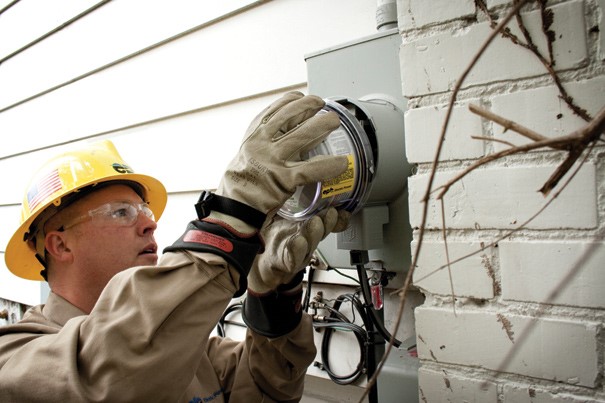CHALLENGE
Tennessee is located in the leeward track of “Tornado Alley” in the U.S. Midwest, an area prone to extreme storms. In Chattanooga, the traditional electric infrastructure is decentralized, with 115 small substations serving 600 square miles. Over the past 4-6 years, increasingly frequent and labor-intensive storm-related outages routinely impacted as many as 50-75 percent of customers served by the Electric Power Board of Chattanooga (EPB), costing the community up to $100 million each year.
SOLUTION
Through a DOE Smart Grid Investment Grant, EPB secured funding to accelerate the modernization of their power infrastructure, including:
- a fiber optic network as the primary means of communication for all smart grid equipment,
- an advanced metering infrastructure system that included the deployment of approximately 175,000 smart meters,
- an energy management web portal, and
- distribution automation equipment for nearly all of EPB’s customers
The project also delivered time‐based rate programs to customers to create incentives for peak load reductions. With the architecture fully upgraded, Oak Ridge National Laboratory is now partnering with EPB to test new smart grid technologies such as advanced controls and microgrids. Under this partnership, Chattanooga’s smart grid becomes a “living laboratory”, with ORNL applying data analytics, control systems, cybersecurity, and high-performance computer modeling expertise.
IMPACT
The new partnership is reducing peak loads, overall electricity use, and operations and maintenance costs. Estimated savings in just one year include:
- $1.6 million in operational costs through automated meter reading
- $40,000 by eliminating the need to manually operate switches
- $40 million for business and homeowners through a 40 percent reduction in outage minutes, and
- $2 million in wholesale demand through voltage controls.
Highlighted Resources


